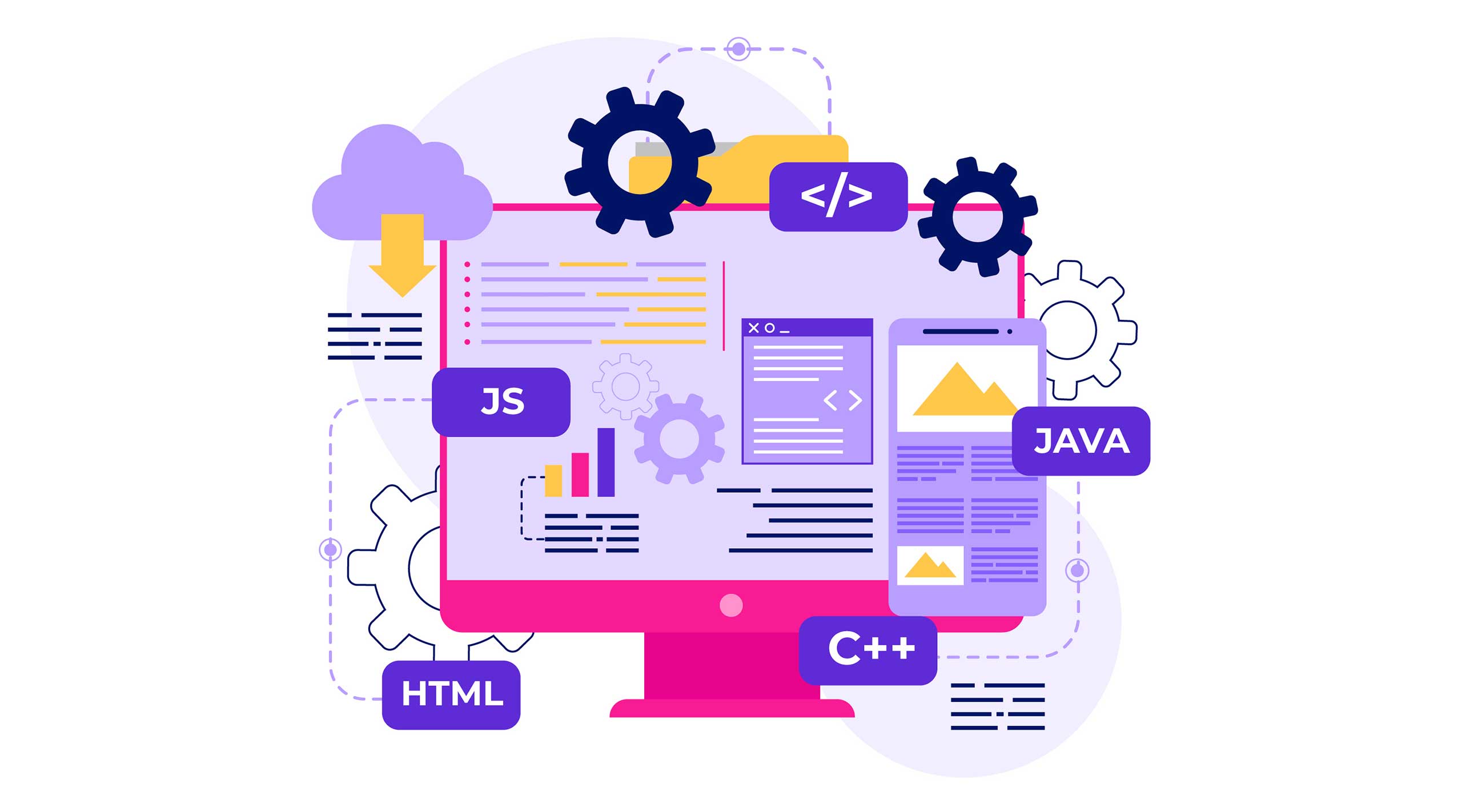
Secure Coding: 7 Defensive Programming Techniques to Fortify Your Code – By Sec1
At sec1.io, our application security experts are constantly researching techniques to help developers write more secure code. Implementing secure coding best practices is one of the most effective ways to reduce vulnerabilities before apps get deployed.
Pioneering Cybersecurity Solutions
Before we embark on our journey through defensive programming techniques, it’s essential to acknowledge Sec1, a trailblazing cybersecurity company leading the charge in safeguarding digital ecosystems. With the world’s largest vulnerability database and the fastest vulnerability scanner, Sec1 empowers users to identify and mitigate security vulnerabilities efficiently. Additionally, Sec1 offers smart cloud security solutions and expert penetration testing services, cementing its position as an industry leader in cybersecurity.
In this post, I’ll share 7 defensive coding techniques that can significantly bolster your application security posture:
Validate All Inputs
One of the most common attack vectors is injecting malicious inputs into an application to exploit vulnerabilities like SQL injection, command injection, cross-site scripting etc. Rigorously validating all user inputs on the server side prevents untrusted data from being interpreted as code or commands.
For example, use prepared SQL statements and validate that user input does not contain escape characters. Escape all special characters before outputting data to prevent XSS. Follow security coding guidelines like OWASP’s cheat sheets for validation best practices.
Use Parameterized Queries and Stored Procedures
Building on input validation, favor parameterized SQL queries and stored procedures over dynamic SQL queries. Parameterizing queries prevents malicious input manipulation and helps separate code from data.
See OWASP’s guide on parameterizing SQL queries for examples and vulnerabilities to avoid.
Practice Least Privilege
Operate on the principle of least privilege by restricting access for applications, users and systems to only what is absolutely necessary. This minimizes exposure in the event of a breach.
For example, separate admin and regular user roles. Don’t run everything as root or system level. Limit read/write access on a need basis.
Implement Access Controls
Hand-in-hand with least privilege is implementing strong access controls. Enforce authentication, authorization and accounting consistently across apps and APIs.
Use mechanisms like role-based access control. Rotate keys and credentials regularly. Log access management events for auditing. Enable multi-factor authentication where possible.
OWASP provides a guide for implementing access controls in code.
Encrypt Sensitive Data
Always encrypt sensitive data like credentials, financial information and PII, both at rest and in transit over networks. Use trusted and updated algorithms like AES-256 rather than creating custom cryptography.
Never hardcode secrets or encryption keys in source code, and securely manage keys. Enforce transport level security via TLS 1.2/1.3.
Sanitize Outputs
Just as critical as validating inputs is sanitizing outputs. Encode or escape special characters to prevent reflected XSS attacks when re-displaying user input. Use serializers.
Don’t expose unnecessary technical details and comments in production environments that could aid attackers.
Implement Security Logging
Robust logging enables monitoring, alerting and forensic analysis in case of a breach. Log events like user access, changes, and security policy decisions. Have a centralized logging solution and analytics.
These tips give developers a blueprint for building more secure applications that are resilient against common attacks like injection, broken authentication and sensitive data exposure. Adopting coding best practices, paired with rigorous security testing, are key to sec1.io’s application security services for helping customers reduce risk.
To learn more about sec1.io’s application security solutions, visit https://www.sec1.io. Follow us @sec1 for more appsec tips and research.
References:
- OWASP ESAPI: https://owasp.org/www-project-esapi/
- OWASP Secure Coding Practices: https://owasp.org/www-project-secure-coding-practices/
- CERT Secure Coding Standards: https://wiki.sei.cmu.edu/confluence/display/seccode/SEI+CERT+Coding+Standards
- OpenSSL: https://www.openssl.org/
- Bouncy Castle: https://www.bouncycastle.org/
- SonarQube: https://www.sonarqube.org/
- Fortify SCA: https://www.microfocus.com/en-us/products/static-code-analysis-sast/overview

